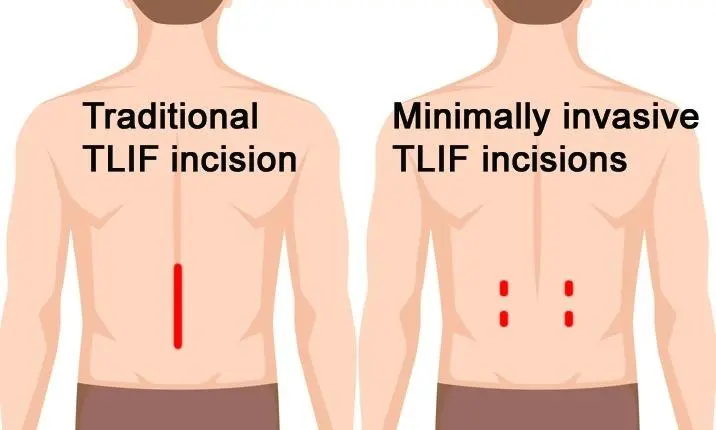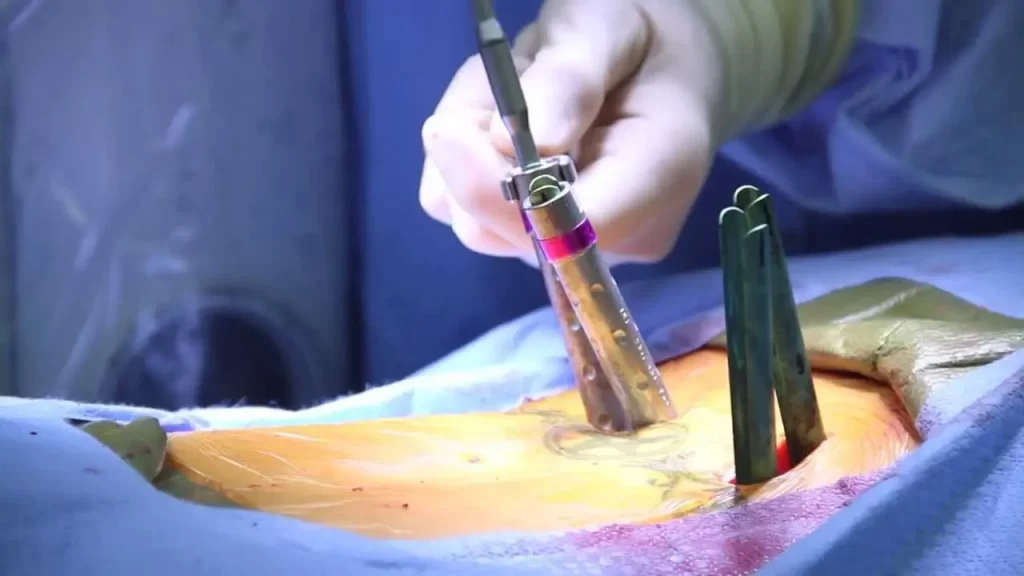For a few patients with severe spondylolisthesis, nerve compression, or degenerative disc diseases, all these conditions cause serious back pain. Fusion surgery is often the treatment of choice for many patients. Read on to learn more about minimally invasive TLIF surgery in Mumbai.
Conventionally, TLIF has been carried out as an open procedure, which requires making a larger cut in the middle of your back. However, nowadays, minimally invasive TLIF surgery is emerging as an ideal alternative to conventional TLIF surgery. Working with smaller tubes rather than a larger cut immensely minimizes the number of tissues and muscles that are retracted or cut. Many spine surgeons see this technique as one of the safest for treating severe spinal problems.
Herniated discs and repeated disc ruptures can be treated with the help of this surgery, as these conditions require stabilization of the spinal column.
Some of the main benefits of this surgery over traditional open surgery are smaller cuts and less damage to your muscle tissue. This surgery is usually carried out in an outpatient setting, and you need only 2–3 days of hospitalization. Many patients can go back to their routine activities around 2 to 3 weeks after the surgery. It also enhances the fusion stability and operative time, and muscle injuries and blood loss are also reduced.


This procedure generally allows you to go back home the same day once the procedure is completed. Nonetheless, a few patients might need a hospital stay. You might notice an instant relief in your symptoms, and deep pain might improve eventually.
Reasonable expectations, a positive attitude, and agreeing to do what a doctor tells you to do after surgery could all lead to a good outcome. Several patients can go back to their routine activities within several weeks.
Dr. Saijyot Raut is a highly trained, board-certified spine surgeon who treats problems related to the spine and nerves. He offers one of the best minimally invasive TLIF surgeries in Mumbai. He uses his experience, skills, and knowledge to combine all the parts of surgical and non-surgical treatments.